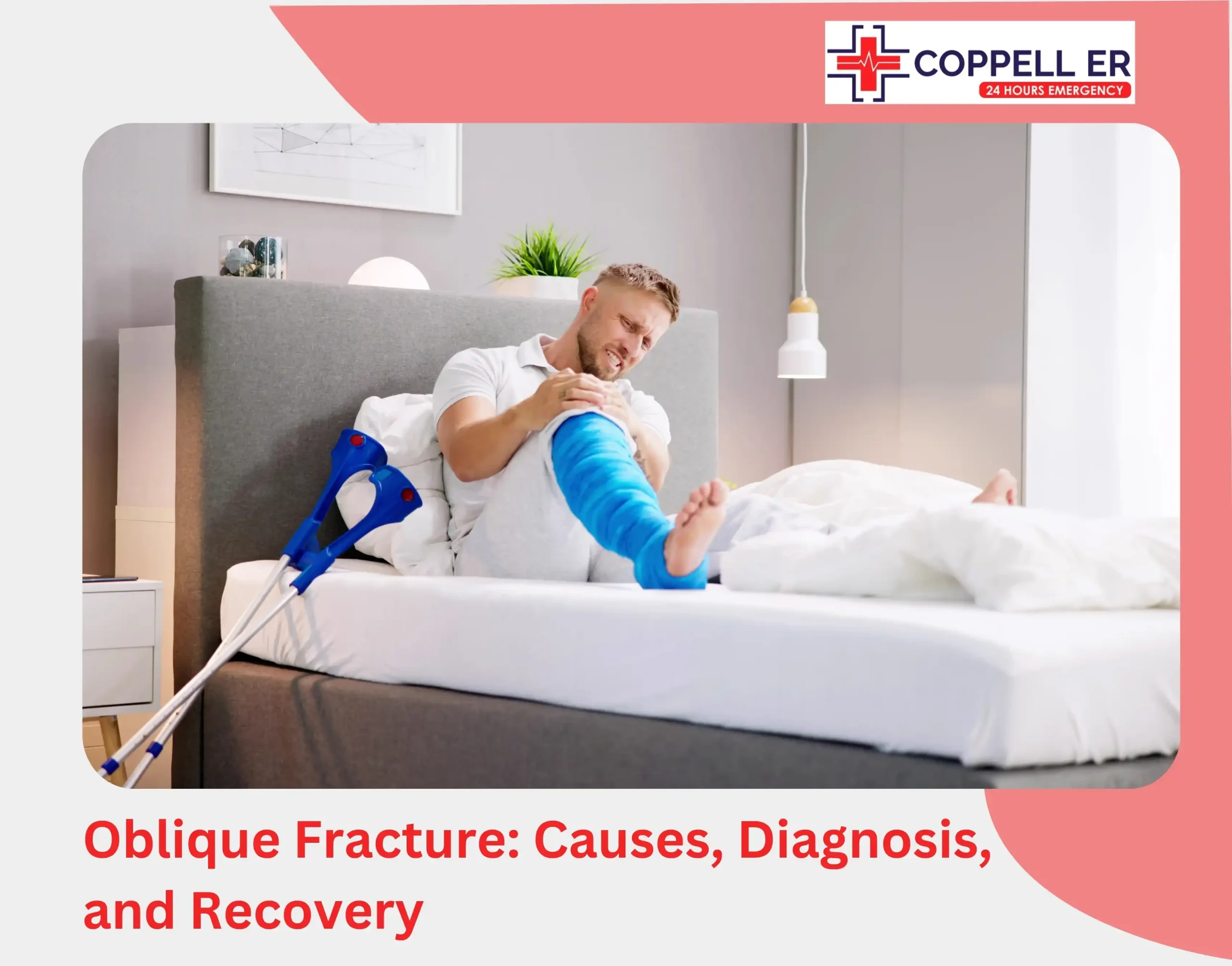Angina means your heart isn’t getting enough blood. The difference between stable and unstable angina comes down to timing and danger.
Stable angina follows a predictable pattern, shows up with physical activity or stress, and eases with rest or medication within 5 minutes. Unstable angina is either new chest pain or existing angina that’s suddenly gotten worse. It lasts longer and can occur even when you’re sitting still.
Stable vs unstable angina matters because one you can manage, while the other signals a heart attack in progress, which is a medical emergency. Let’s look at a quick checklist, a side-by-side comparison, and simple steps to stay stable.
Stable Vs Unstable Angina at a Glance

Stable vs unstable angina differ in pain pattern, duration,triggers, frequency, urgency level, and treatment response. Stable angina occurs predictably during exertion and often resolves with rest, while unstable angina happens unpredictably, often at rest, lasts 15+ minutes, and may not respond to standard treatments. Unstable angina is a medical emergency requiring immediate emergency care.
Here are the key differences between stable and unstable angina.
| What to Look At | Stable Angina | Unstable Angina |
| Pattern | Predictable, follows a fixed pattern | Unpredictable, radiating, or gets worse with time |
| When It Starts | With exercise or stress (walking fast, climbing stairs) | At rest, with little or no effort, or after small triggers |
| How Long It Lasts | A few minutes (often under 5-10 minutes) | Longer (often 15-20+ minutes) |
| What Helps | Rest or nitroglycerin | Rest or medicine may not help. This is an emergency. |
| Frequency | Similar episodes over weeks/months | More often, stronger, and different than usual |
| Urgency | Schedule doctor visit within days/weeks | Call 911 or visit your nearest ER immediately |
Quick Self‑Check: Emergency Warning Signs Requiring Immediate Medical Attention
Use this checklist to determine if your chest pain is unstable angina requiring immediate emergency care or something you can manage at home. Unstable angina symptoms differ from stable angina in timing, intensity, and response to treatment.
Unstable Angina Emergency Signs:
- New chest pain or pressure
- Pain at rest or after very little effort
- Lasts longer than 15–20 minutes
- Not easing with rest or your nitroglycerin
- Spreads to your arm, shoulder, back, neck, or jaw
- Short of breath, cold sweat, nausea, or faint feeling
- A strong gut feeling that “this isn’t normal”
If you’ve any of the above symptoms, here’s what you need to do:
- Call 911 or visit the ER immediately
- Sit or lie down and stay calm
- Don’t drive yourself to the hospital
- Chew one aspirin if available and no allergies (unless your doctor advised against it)
If no emergency signs appear, but pain feels like your unusual pattern:
- Rest and track what triggered the pain, its duration, and what helped
- Contact your doctor within 24-48 hours for evaluation
- Continue prescribed medications as directed
How Does the ER Treat Angina?

Medical treatment for angina depends on whether you have stable or unstable angina. Unstable angina receives immediate emergency treatment, while stable angina focuses on prevention and symptom management.
Diagnostic Tests for Angina
- ECG (electrocardiogram): detects heart rhythm problems and blocked arteries
- Blood tests (troponin): show if the heart muscle is damaged due to lack of oxygen
- Chest X-ray: checks lung congestion and heart size
- Echocardiogram: shows how well your heart pumps blood
- Stress test: evaluates heart function during exercise or medication stress
- CT scan or angiogram: uses dye to visualize blocked arteries
Treatment for Unstable Angina
- Heart monitoring and continuous ECG tracking
- Blood tests to detect heart muscle damage
- Immediate medications: aspirin, nitroglycerin, blood thinners
- Oxygen therapy if blood oxygen levels are low
- IV access for emergency medications
Treatments for Stable Angina
- Nitroglycerin for quick relief
- Daily medicines to protect the heart: antiplatelet (like aspirin if advised), statin for cholesterol, beta‑blocker, or other blood‑pressure meds
- Plan for exercise, food, weight, sugar, and smoke‑free living
- Review triggers and adjust meds if symptoms change
Long-term Treatment for Stable Angina
- Quick-relief medication: nitroglycerin for immediate chest pain relief
- Daily heart protection: aspirin, cholesterol medications (statins), blood pressure medications
- Lifestyle modifications: structured exercise, heart-healthy diet, smoking cessation
- Regular monitoring: symptom tracking and medication adjustments
Procedures for Blocked Arteries
When diagnostic tests reveal significant blockages, patients typically require interventional cardiology services at specialized cardiac centres. These may include:
- Angioplasty with stent: a tiny balloon opens blocked artery, mesh tube keeps it open
- Coronary bypass surgery: creates new blood pathways around severe blockages
Aftercare and Follow-Up
- Cardiac rehabilitation with supervised exercise programs
- Regular cardiology check ups and lab tests
- Keep a nitro plan and when to call for help
- Take meds exactly as prescribed. Don’t stop on your own
Everyday Steps to Lower Your Risk

You can significantly reduce your risk of both stable and unstable angina by making simple daily changes. Start with one or two habits and build from there. If you’re experiencing new or worsening chest pain, call 911 first. Lifestyle changes come after emergency care.
Heart-Protective Steps You Can Take Today:
- Exercise regularly: Aim for 30 minutes of brisk walking most days—start slow with warm-up and cool-down.
- Eat heart-healthy foods: Fill half your plate with vegetables and fruits, choose whole grains, beans, nuts, and fish.
- Limit harmful foods: Reduce salt, sugar, and high-fat processed foods that strain your heart.
- Quit smoking completely: Tobacco damages your arteries and reduces oxygen to your heart. Avoid secondhand smoke too.
- Monitor your numbers: Check blood pressure, cholesterol, and blood sugar regularly with your doctor.
- Get quality sleep: Aim for 7-9 hours nightly to let your heart recover and repair.
- Take medications as prescribed: Never skip doses or stop heart medications without doctor approval.
- Avoid known triggers: Cold air, heavy exertion, and high stress can trigger angina episodes.
- Prepare for emergencies: Save your local emergency number in your phone and know your emergency action plan.
Conclusion
Stable vs unstable angina comes down to one critical difference: stable angina gives you time to seek care, unstable angina demands immediate emergency treatment.
You have stable angina if your chest pain follows predictable patterns, occurs with physical effort or stress, and eases with rest or nitroglycerin within 5-10 minutes. You have unstable angina if chest pain is new, happens at rest, lasts over 15-20 minutes, or doesn’t improve with usual treatments.
If chest pain is new, stronger, lasts more than 15–20 minutes, or doesn’t ease, call 911 or visit the nearest emergency room immediately. Don’t drive yourself. For ongoing, predictable symptoms, see your doctor soon. Take your medications as prescribed and adopt daily heart-healthy habits.
Frequently Asked Questions
1. What does stable angina feel like?
Stable angina feels like a tight, pressing, or squeezing pain with activity or stress. It usually eases within minutes of rest or the administration of nitroglycerin.
2. Why is unstable angina dangerous?
Unstable angina is dangerous because it can be a warning sign of a heart attack. It may not improve with rest or medication and requires emergency care immediately.
3. Can stable angina turn into unstable angina?
Yes, if your usual chest pain becomes stronger, lasts longer, occurs at rest, or happens more frequently, treat it as urgent.
4. When should you call emergency services for angina?
If chest pain is new or worsening, starts at rest, lasts more than 15–20 minutes, or doesn’t ease with rest or usual treatments, seek emergency care. If you also experience shortness of breath, cold sweat, nausea, a faint feeling, or pain spreading to your arm, back, neck, or jaw, call immediately.




